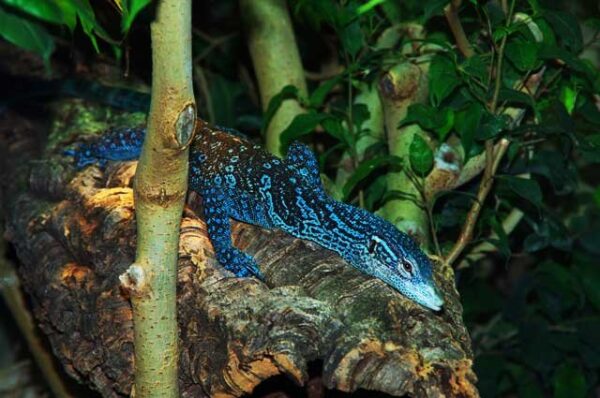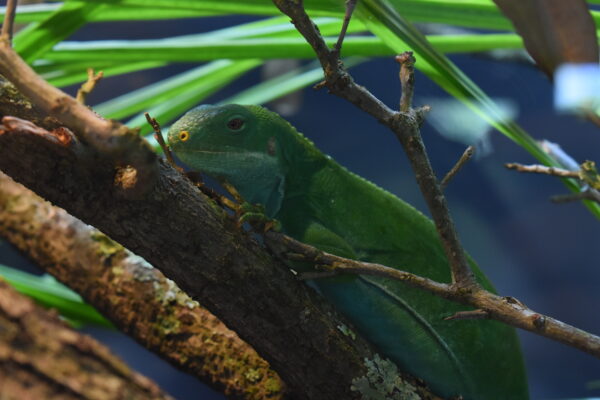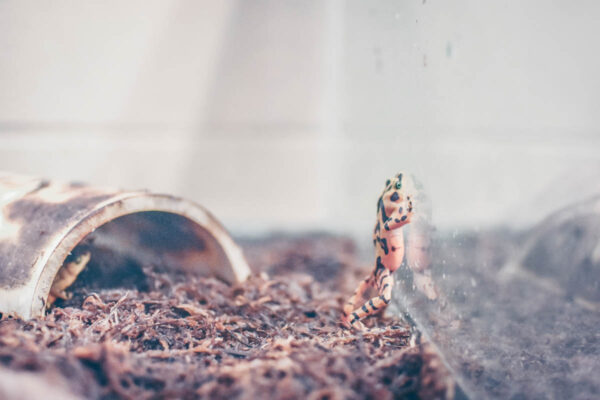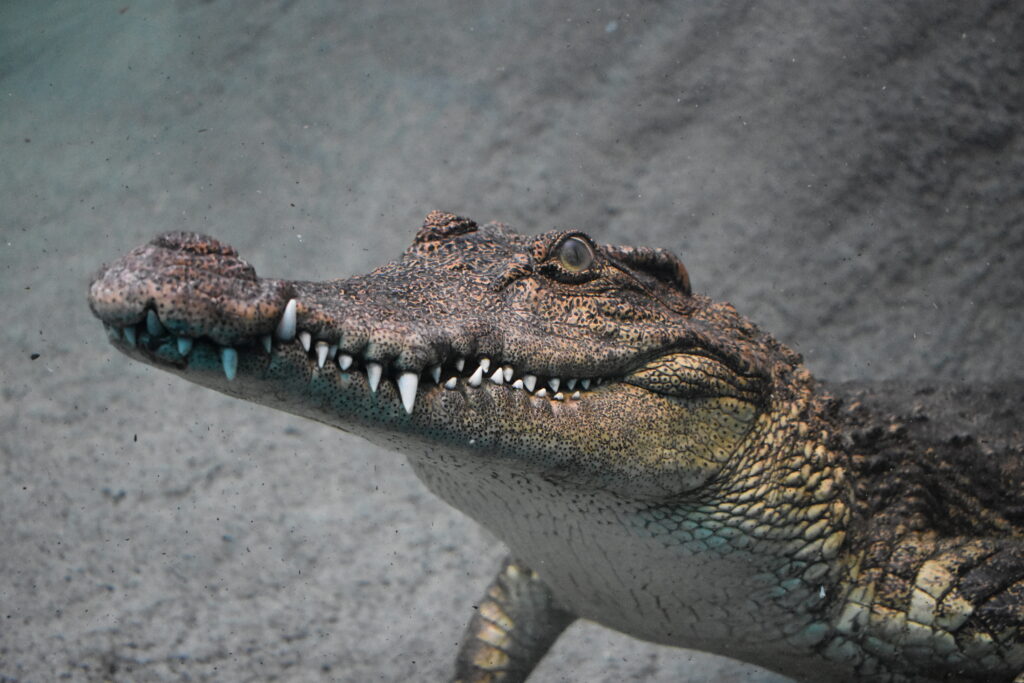Reptiles En-Danger of Going Extinct
Today is Endangered Species Day: the perfect time to familiarize yourself with some of the most endangered species the Virginia Zoo is helping to conserve within the newly renovated reptile building, World of Reptiles.
These species are only a handful of the dozens of new species debuting at the Zoo next month, but they are some of the rarest in the world. From frogs to lizards, monitors to turtles, here are five of the species you can expect to see and learn about when the World of Reptiles opens to the public on June 4!
1. Blue tree monitor

Listed as endangered by the International Union for Conservation of Nature (IUCN), Blue tree monitors are vibrant blue in color with black spots. This species is endemic to Indonesia and New Guinea, and their habitats span only 280 miles. Blue tree monitors are under increasing threat from habitat loss, and the primary threat to this species is the illegal pet trade. You can see this species of tree monitor, as well as Black, Yellow and Green tree monitors in the Tree Monitor gallery between the Sloth Hangout and Venomous Gallery.
2. Bog Turtle

Endemic to the eastern United States, and potentially found in your own backyard, the Bog turtle is a critically endangered species of turtle. Bog turtles are the smallest species of turtle in the world, only growing to be three to four inches long. Young turtles are about the size of a quarter. This species is critically endangered due to the illegal pet trade, habitat loss, disease, and possibly roadkill and increased predation rates. Zoo visitors can expect to see several Bog turtles in an exhibit between the Crocodile Marsh and Venomous Gallery.
3. Fiji banded iguana

Found only on the islands of Fiji, this bright green lizard species is listed as endangered to extinction. Fiji banded iguanas only reach about eight inches long and spend most of their time in trees. These iguanas are threatened due to habitat fragmentation and loss, as well as the threat of predation from newly introduced mongoose species to their habitats. Visitors will be able to see these iguanas resting on branches in an exhibit toward the entrance of the World of Reptiles.
4. Panamanian golden frog

This unique species of frog is extinct in some parts of its range in the wild rainforests of Panama. This species of frog also earned its name from the vibrant gold-yellow color of its skin, which aids in warning predators of its toxicity. Panamanian golden frogs are critically endangered due to Amphibian chytrid fungus, the source of the disease Chytridiomycosis, which causes the keratin in a frog’s skin to thicken, preventing the frog from breathing and absorbing water. It is estimated there are less than 6,000 of these frogs left in the world. Visitors can expect to see adults of this species in an exhibit, as well as hatching and growing tadpoles and froglets in the Frog Lab.
5. Siamese Crocodiles

One of the most highly anticipated arrivals to the World of Reptiles and Friends will be a pair of Siamese crocodiles. This critically endangered species of crocodile was once virtually extinct in the wild, but can now be found in Asian countries such as Indonesia, Brunei, East Malaysia, Laos, Burma, Thailand, Vietnam and Cambodia. Habitat loss and poaching for their skins are the main threats to this species. Visitors will be able to see the crocodiles submerged in their pool and basking on rocks under heated lamps in their large exhibit across from the Aquatic Gallery.
World of Reptiles, opening June 4, 2018, is the slithering, creeping, crawling and curious adventure you’ve been waiting for. Come face to face with reptile giants and primates, watch hatching and newborn reptiles and amphibians being nurtured and raised, and immerse yourself in a floor to ceiling marsh habitat of the Siamese crocodile. With more than 13,000 square feet and 65 new habitats, there’s sure to be something for everyone to see and enjoy! Mark your calendars for June 4, Zoo fans!